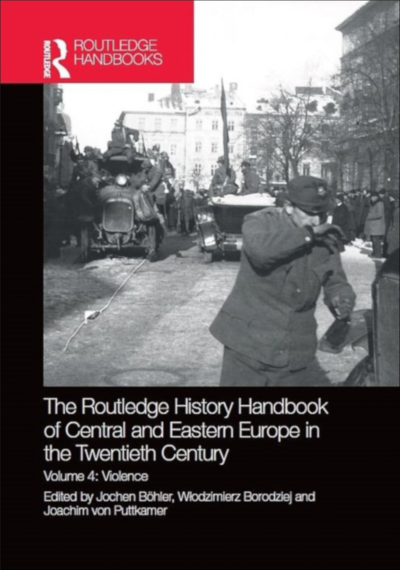What were the central twentieth-century experiences for Eastern European societies? Depending on whom you ask and depending on which country their thoughts intuitively drift towards, the answer is likely to be quite different. The answer could refer to significant dates, such as the 1939 Molotov-Ribbentrop Pact, the 1956 Hungarian uprising, the Prague Spring of 1968 or the year of Solidarity in 1980–1981. It could also revolve around the experiences in various countries – the Stalinist deportations left deep scars in the Baltic states, as did the wars of the 1990s in former Yugoslavia. The thoughts of a Western European are likely to jump to 1989 and the collapse of communist rule – perhaps also to the disappointed (or at least unlikely) prospects of a unified Europe. Hopefully, he or she might learn something from this volume. As that Western European will discover, there were particular as well as shared experiences. The volumes presented here focus on both, grouped around what the editors regard as central, overarching themes. To emphasize the experience of War, Violence and Oppression (vol. 4) is just as obvious as prioritizing the manifold Challenges of Modernity (vol. 1) of a region that has often been described – and perceived by its own inhabitants – as the periphery of Europe. The need to address the transformation of Statehood (vol. 2) over the course of the century may initially seem less apparent, but it allows for an elucidation of profound changes and phenomena that are otherwise obscured in a discussion of the emergence and emancipation of modern nation-states. Intellectual Horizons (vol. 3) reflects the wealth of self-descriptions and self-localizations in and about the region.
What do these volumes offer the reader? Not an encyclopaedia of Central, Eastern and Southeastern Europe in the long twentieth century, but a series of essays written from different perspectives and life experiences. The authors live in Bulgaria, Germany, Canada, Austria, Poland, Romania, Serbia, Czechia, Hungary and the United States. They belong to different generations and milieus and often have vastly different conceptions of historiography and the writing of history. Therein lies – according to the editors – the appeal of these volumes.
The shared goal of these contributions is to tell the story of the ‘suburbs’ of Europe in the twentieth century; to tell how the story unfolded, how it was perceived within this region and how it can be interpreted today.
The authors were not given any methodological parameters to follow. Some contributions may seem conservative or even old-fashioned; others argue in the spirit of what, in many universities today, is considered mainstream. None of the authors, however, crosses the boundary beyond which they see traditional sources as nothing more than merely conceptual obstacles. If the present volumes provide a new impetus for a collective reflection on Eastern Europe, both in teaching and in research, then much will have been gained.

The Routledge Twentieth Century History Handbooks
Violence analyzes both the violence exerted on the societies of Central and Eastern Europe during the twentieth century by belligerent powers and authoritarian and/or totalitarian regimes and armed conflicts between ethnic, social and national groups, as well as the interaction between these two phenomena.
Throughout the twentieth century, Central and Eastern Europe was hit particularly hard by war, violence and repression, with armed conflicts in the Balkans at the start and end of the period and two world wars in between. In the shadow of these full-scale wars, ethnic, social and national conflicts were intensified, found new forms and were violently played out. The interwar period witnessed the emergence of authoritarian states who enforced their claim to power through continued violence against political opponents, stigmatized ethnic, national and social groups, and were themselves fought with subversive or terrorist techniques. This volume focuses specifically on physical violence: war and civil war, ethnic cleansing, systematic starvation policies, deportations and expulsions, forced labour and prison camps, persecution by state security – such as intensive surveillance, which had an enormous impact on the lives of those it affected – and other forms of government oppression and militant resistance. Geographically, it considers the western regions of Belarus and Ukraine as sites of extreme violence that had a noticeable impact on neighbouring Central and Eastern European countries as well.